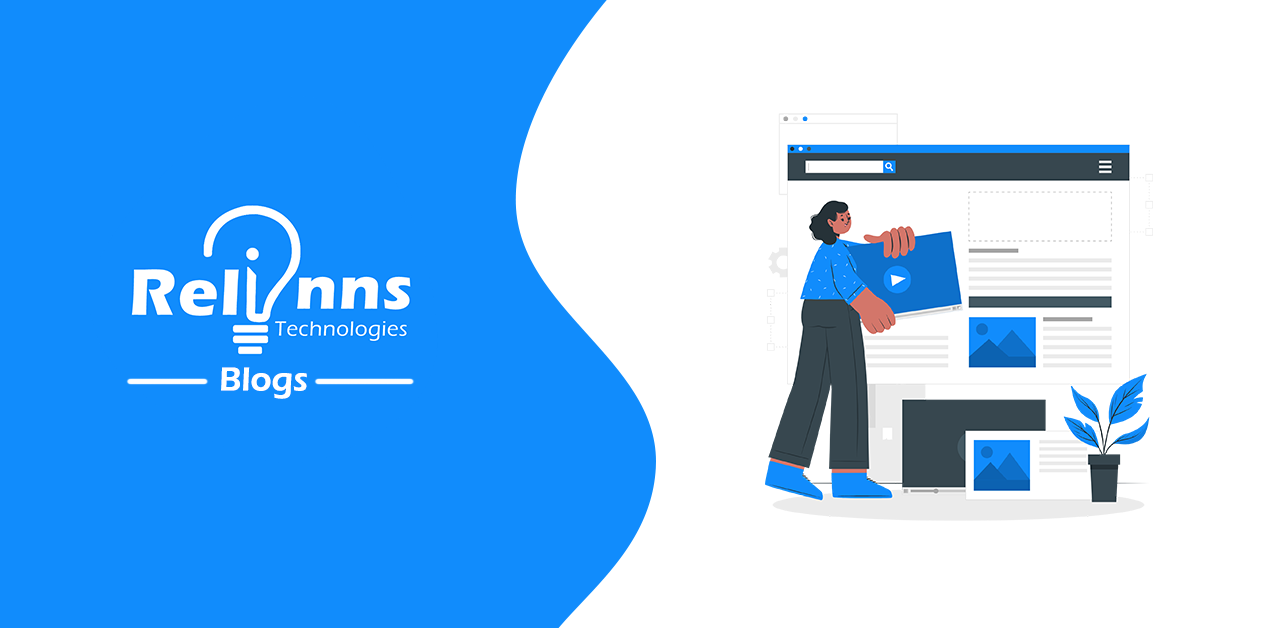Emerging Technologies in Logistics & SCM
Posted on July 20, 2018 at 08:02 AM

The Logistics and Supply chain industry is continually escalating and setting new technology trends. These variances emerge due to an increase in consumer’s demand for the best, reliable and optimal services and on top of that, at the fastest.
According to Allied Market Research, the global logistics market is set to hit $12,256 billion by 2022.
Logistics is the flow of goods and information from the point of origin to the end consumer. Logistics services providers are doing everything to stand out from the rest and are fast forwarding in the league. DHL and UPS Supply chain management services are known around the world for the best logistics services backed by recurrent innovation and usage of Robotics, green logistics, as a part of their services.
So, LSPs today need to maintain transparent and user-friendly services with integration of superior technology, letting consumers step ahead in their industry. Some logistics and supply chain technologies are already generating a buzz in the industry. So, the manufacturers and retailers are urging third-party logistics to assimilate technology into their services.
Technologies carving the Logistics and Supply Chain Management Industry are:
Internet of Things (IoT):
A study found that 26.65% of 3pl companies are utilizing IoT while 46.62% have planned to deploy it in their network.
IoT is set to revolutionize the supply chain by optimizing operational and revenue efficiencies.
When it comes to Operational Efficiency the IoT set the bar high through RFID and GPS features. These features are used to track goods from one place to the next. IoT also allows recording of minute data like the temperature at which goods are stored in the inventory, the total time taken by the carrier to reach the destination hub.
Also, IoT with the integration of sensors are used to figure out any break-down of machines in the industries, thus minimizing maintenance cost.
Another way that the IoT has paved for the industry is the analysis of customer’s buying behaviors and patterns, allowing businesses to grip relations with their consumers thereby serving them to market their products and services optimally.
The IoT culture simply embraces the ‘real-time visibility’. So, IoT has been a boon for logistics service providers employing the tracking and tracing of goods and services.
Drones:
Drones usage in manufacturing and distribution is likely to rise more in the coming five years. The last mile delivery is often an expensive and inefficient aspect of the supply chain. With the advancement of technology, drones are beneficial in the delivery of small packages and goods in less time and cost. Using drones in SCM makes it stronger.
Drones are used to monitor traffic and optimize routes thereby, eliminating the hassles of last mile delivery. With the integration of technologies like RFID, QR code and IoT drones are a new way of tracking inventory. Being efficiently deployed in the stores just like Walmart, drones are used to optimize operations in the stores.
Also, logistics companies like DHL and organizations like Google and Amazon are also experimenting and planning drone delivery of lightweight goods.
In 2016, The White House revealed that drones and unmanned aerial vehicles will lead to economic growth of $82 million and generate 100,000 more jobs.
According to FAA, by 2020, 2.5 million drones can be used for commercial purposes out of 7 million drones estimated to fly in the sky.
3D printing:
Marketers predict that 3D printing will change the whole game of the logistics industry. It will completely disrupt the way the goods are manufactured and delivered to the customer. 3D printing holds the future of the technological savvy progressive world as the mass production of customized products will lead to a reduction in warehouse requirements.
3D printing implies that anything can be manufactured by ‘printing on-demand’. At present billions are spent on holding stocks to supply at one point. 3-D printing of a product on-demand and delivering it in a very short time span seems to be the future.
This would make global warehouses unnecessary for the fulfillment of the customer’s needs. Also, it will have an impact on the reduction of the inventory costs, no labor costs, no manufacturing costs and also minimalization of wastage generated during the manufacturing process. Therefore optimal utilization of resources, time and money is the potential of 3-D printing.
Big Data
Big Data is a substantial part of the logistics and supply chain enhancing the production and distribution efficiency of the industry. Big Data let organizations analyze the consumer’s buying behavior making organizations retent their customers for a longer period. Also, big data can when used for tracking of goods can significantly boost up the efficiency of an organization by 40 %.
The integration of Big Data with existing systems aid in optimization, demand forecasting, planning and risk analysis. Firms can also integrate big data with
- 3-D printing
- Logistics control
- Robotics
- Wearable technology devices
Related Posts
Start a Project
We could talk tech all day. But we’d like to do things too,
like everything we’ve been promising out here.



